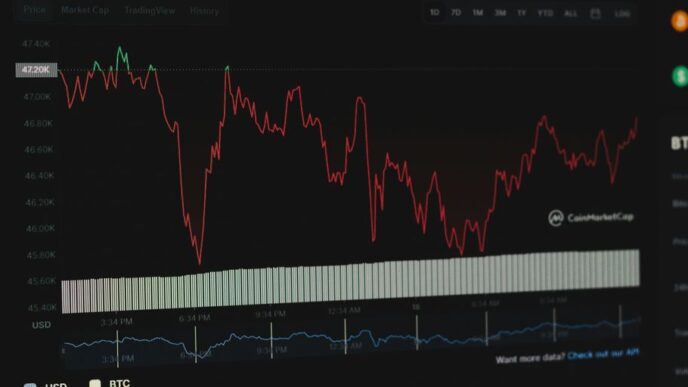Akhileshwar Padala Works Toward Enhancing Safety at Gas Stations
In the pursuit of advancing safety protocols within the petroleum industry, Akhileshwar Padala, the head of engineering at Allied Electronics, has led some truly innovative research into integrating artificial intelligence (AI) with fuel station management systems. This initiative, known as “Fuel AI,” seeks to significantly reduce the risk of fire accidents at gas stations by leveraging AI to monitor and proactively manage fuel dispensing operations.
Akhileshwar shares the technical intricacies of Fuel AI, exploring how it can enhance operational safety and set a new standard for automated risk management in high-stakes environments.
Why This Initiative is Integral
“First of all, when you think about gasoline, what do you think of?” says Akhileshwar. “Flammable. Fuel stations have highly flammable inventories. These are environments where safety absolutely can’t be compromised.”
He explains that traditional safety systems rely heavily on physical sensors and manual shut-off protocols, which, while effective, leave room for human error and can be slow to react to rapidly developing threats. Recognizing these limitations, Akhileshwar initiated the Fuel AI project to harness the predictive and responsive capabilities of AI. His goal is to augment existing safety measures with a layer of intelligent automation.
Technical Overview of Fuel AI
“Fuel AI integrates several advanced technological components to create a comprehensive monitoring and response system,” says Akhileshwar. “This includes machine learning algorithms, sensor fusion, and real-time data processing.”
Here’s how it works, according to Akhileshwar:
- Data Collection and Sensor Integration: Fuel AI utilizes a network of sensors deployed across various points in the fuel dispensing system. These include vapor sensors, temperature gauges, flow meters, and flame detectors. The system continuously collects data on fuel flow rates, ambient temperatures, vapor levels, and other critical parameters.
- Real-Time Data Analysis: At the core of Fuel AI is a sophisticated machine learning model that analyzes the sensor data in real time. The system employs algorithms capable of pattern recognition and anomaly detection, and it identifies potential risk factors that could lead to a fire. For example, an unexpected increase in fuel vapor concentration or a sudden spike in temperature could be indicative of a leak or equipment malfunction.
- Predictive Modeling and Risk Assessment: Using historical data and predictive analytics, Fuel AI can forecast potential safety breaches before they escalate into serious threats. This aspect of the system is particularly groundbreaking, as it moves beyond reactive measures to a more preventive approach, which can increase overall safety.
- Automated Response Protocols: Upon detecting a high-risk situation, Fuel AI is programmed to take immediate action. This could involve automatically shutting off fuel pumps, activating fire suppression systems, and alerting station personnel and local fire departments. The decision-making process is governed by a set of predefined rules developed through extensive testing and simulation, so that responses are both timely and effective.
Implementation Challenges and Solutions
“Implementing an AI-based system in the inherently hazardous environment of fuel stations presents unique challenges,” Akhileshwar states. “First of all, the accuracy of AI predictions is paramount, as false positives (unnecessary shutdowns) or false negatives (failure to detect a hazard) can have serious repercussions.”
To address this, Akhileshwar leads his team to invest considerable efforts in training the AI with diverse datasets to improve its decision-making accuracy.
Another challenge is the integration of Fuel AI with existing station infrastructure, which often varies widely in terms of age and technology. To facilitate this integration, Akhileshwar makes sure that the system is designed to be highly modular and customizable, capable of interfacing with both modern and legacy equipment.
Impact and Future Directions
The deployment of Fuel AI promises to boost safety and improve the efficiency of fuel station operations by minimizing downtime and reducing the incidence of equipment-related disruptions. “I believe that further enhancements to Fuel AI will include the integration of Internet of Things (IoT) technologies for better connectivity,” says Akhileshwar. “It will also see the use of cloud computing resources to scale the system across multiple locations.”
Akhileshwar Padala’s research into Fuel AI has opened up a plethora of new opportunities in the application of artificial intelligence for safety management in the petroleum industry. Fuel AI combines AI with traditional safety systems, which can dramatically reduce the risk of fire accidents at gas stations. It can also serve as a model for other high-risk industries seeking to leverage technology to safeguard their operations and their patrons.
“AI is the future, and we’re seeing it implemented in nearly every conceivable industry,” says Akhileshwar. And that is why – as this emerging tech continues to evolve – Akhileshwar will keep researching, keep exploring, and keep shaping the future of industry safety protocols.
Learn more: https://www.alliedelectronics.com/
Connect: https://www.linkedin.com/in/apadala/













